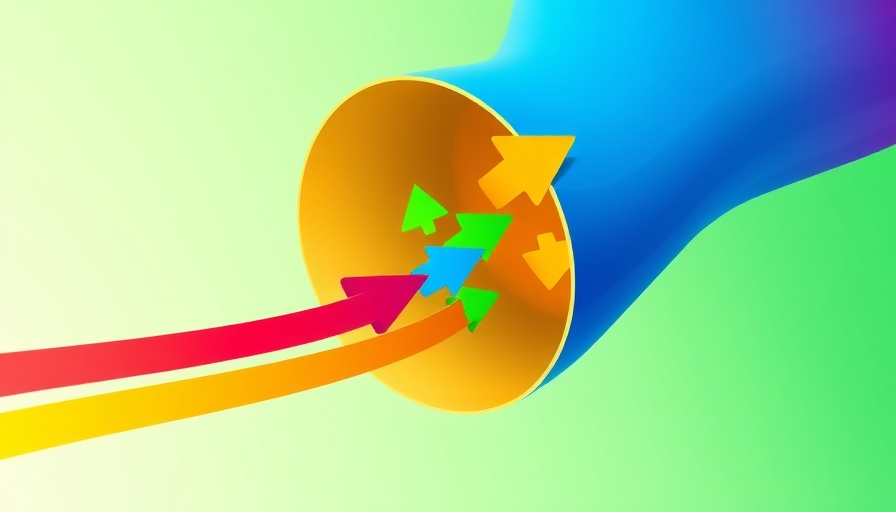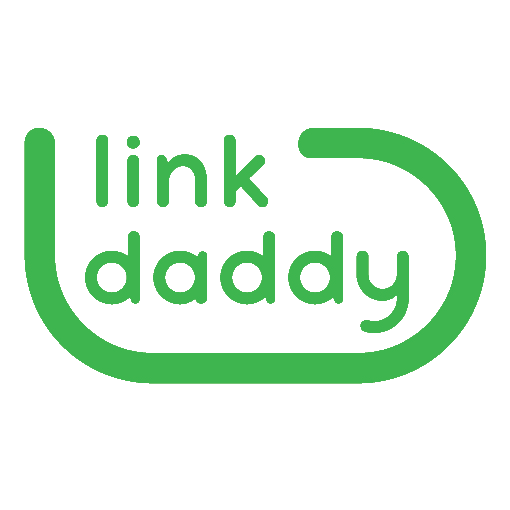
Unlocking Success: Build Your Content Marketing Funnel
In the digital age, businesses are continually on the hunt for effective strategies to attract, engage, and convert their target audiences. One of the most powerful methods to achieve this is through a well-structured content marketing funnel, especially using blog posts. A well-defined funnel not only guides potential customers step-by-step but also aligns with their needs and preferences, ensuring a seamless transition from awareness to action.
The Stages of a Content Marketing Funnel
The marketing funnel comprises four main stages: **Awareness, Consideration, Conversion,** and **Loyalty**. At each of these stages, content plays a vital role in nurturing leads and prompting them to take action.
Awareness: Capturing Attention with Engaging Content
The very first stage—Awareness—targets potential customers who are just learning about your brand. Here, high-quality blog posts that address common pain points can significantly boost visibility. For example, companies like HubSpot succeed by creating informative articles that help users navigate challenges they may be facing, ultimately attracting them through valuable insights.
This content should not overtly push a sales agenda; rather, it should provide genuine value that fosters trust. Brands must leverage **SEO updates** by focusing on low-intent keywords that resonate with user inquiries, thus increasing organic traffic.
Consideration: Developing Interest and Trust
Once awareness is established, prospects move to the Consideration stage. This is where blog posts can serve as effective lead magnets, offering downloadable resources like eBooks, webinars, or checklists in exchange for email subscriptions. For instance, Buffer utilizes this strategy to provide actionable social media insights, thereby nurturing relationships with their audience.
Moreover, marketing automation tools can help segment leads based on their interactions with your content. This segmentation allows marketers to tailor messages appropriately, catering to the unique interests of each viewer.
Conversion: Turning Interest into Action
At the Conversion stage, the goal is to encourage the prospect to take a specific action, be it signing up for a newsletter or making a purchase. Effective strategies here involve showcasing the benefits and unique selling points of your offerings through targeted blog content and attracting users ready to buy with high-intent keywords.
Brands must minimize barriers to conversion by optimizing their landing pages and ensuring that the content aligns with customer expectations. Actions such as highlighting favorable testimonials or case studies can significantly increase conversion rates.
Loyalty: Building Long-Term Relationships
Finally, once a user has converted, the journey doesn't end. Encouraging repeat purchases and fostering loyalty is vital. Utilizing blog content to share ongoing value, like new tips or updates, helps brands remain relevant to their audience. This is where lasting relationships are cultivated.
Incorporating customer feedback and utilizing analytics can help shape future content marketing strategies, making it a two-way dialogue rather than a unidirectional conversation.
Real-World Examples of Successful Content Marketing Funnels
Looking at successful brands can provide critical insights. For instance, Spotify and Netflix leverage engaging content to enhance user experience. Spotify curates personalized playlists to generate excitement and engagement, while Netflix creates anticipation through compelling previews and content marketing initiatives.
This principle is echoed in the study of the **AIDA model (Attention, Interest, Desire, Action)**, as described in many marketing resources, including the reference articles drawn upon here. By understanding this model and its applications in various contexts, businesses can create highly effective marketing strategies that resonate with their audiences.
Actionable Insights for Your Content Marketing Funnel
- Start with Audience Research: Learn what your audience cares about and how they consume content.
- Utilize SEO Techniques: Implement keyword strategies that align with user search intents.
- Integrate Marketing Automation: Use tools to segment your audience for personalized content delivery.
- Evaluate Your Efforts: Regularly analyze your funnel’s performance and optimize content accordingly.
- Encourage Community Engagement: Create dialogue with your audience through comment sections and social media.
With the digital landscape continuously evolving, leveraging a comprehensive content marketing funnel that is properly structured can yield significant dividends. It’s time to implement these insights into your content marketing strategy actively. By focusing on each stage of the funnel and providing value through blogging, your brand can effectively attract and retain customers.
 Add Row
Add Row  Add
Add 




Write A Comment